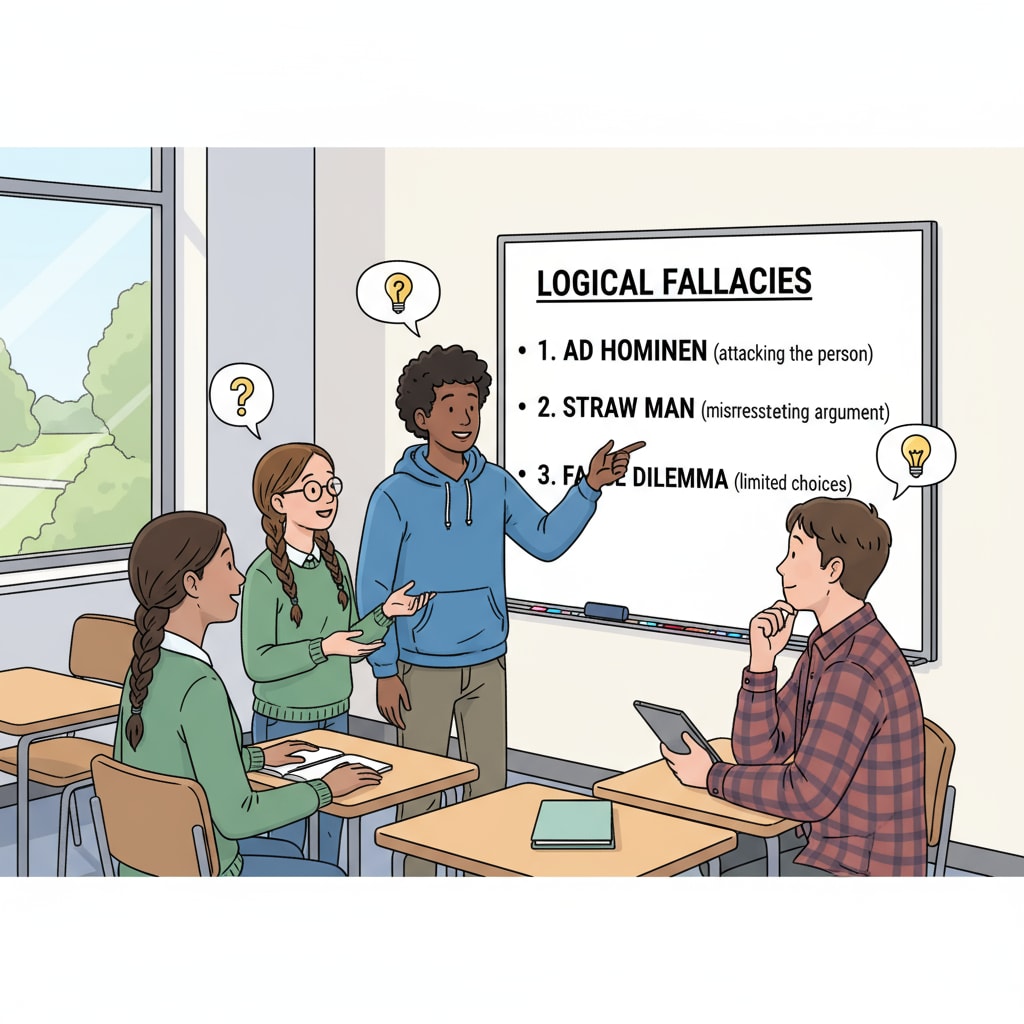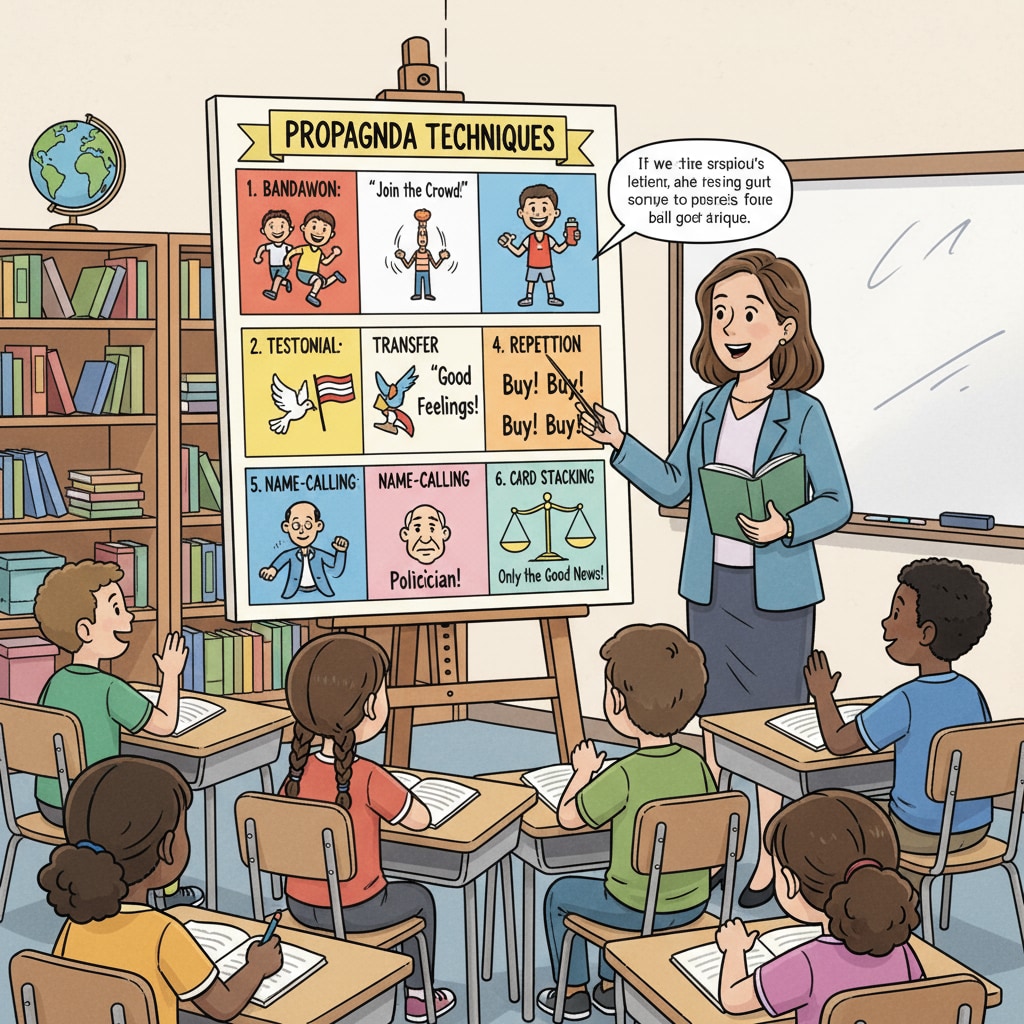In an era filled with vast amounts of information, the ability to identify logical fallacies, think critically, and recognize propaganda is more crucial than ever. High school education, being a pivotal stage in students’ development, should incorporate courses centered around logical fallacies, critical thinking, and propaganda recognition. These skills not only empower students to make informed decisions but also contribute to their growth as responsible citizens.

The Imperative of Teaching Logical Fallacies
Logical fallacies are errors in reasoning that can mislead and manipulate. By teaching students to recognize them, we equip them with a vital tool for analyzing arguments. For example, the straw man fallacy, where an opponent’s argument is distorted to make it easier to attack, is commonly used in debates and discussions. When students are aware of such fallacies, they can avoid being swayed by false or misleading claims. As Logical fallacy on Wikipedia explains, understanding these fallacies helps students develop a more discerning mind.
Cultivating Critical Thinking Skills
Critical thinking is the cornerstone of effective learning and decision-making. A course on logical fallacies provides an ideal platform for cultivating this skill. When students learn to identify flaws in reasoning, they are encouraged to question assumptions, evaluate evidence, and form their own opinions. This process of critical analysis is essential for success in both academic and real-world situations. For instance, in a science class, students can use critical thinking to assess the validity of a scientific theory. According to Critical thinking on Britannica, critical thinking enables students to become active learners rather than passive recipients of information.

Enhancing Media Literacy through Propaganda Recognition
In today’s media-saturated world, propaganda is everywhere. From advertising to political campaigns, various forms of propaganda are designed to influence our thoughts and actions. By teaching students to recognize propaganda techniques, we enhance their media literacy. For example, the bandwagon technique, which suggests that everyone is doing something and you should too, is often used in advertising. When students can identify such techniques, they are less likely to be influenced by false or exaggerated claims. This ability to analyze media messages critically is an important aspect of being an informed citizen.
In conclusion, integrating courses on logical fallacies, critical thinking, and propaganda recognition into high school education is not only necessary but also highly beneficial. It equips students with the skills they need to navigate the complex information landscape, make rational decisions, and contribute to a healthy democratic society. As educators, we should strive to ensure that these essential skills are a part of every high school student’s learning experience.
Readability guidance: Using short paragraphs and lists helps summarize key points. Each H2 section can include a list for better organization. Controlling the proportion of passive voice and long sentences, and adding transitional words like however, therefore, in addition, for example, and as a result throughout the text, makes it more readable.


